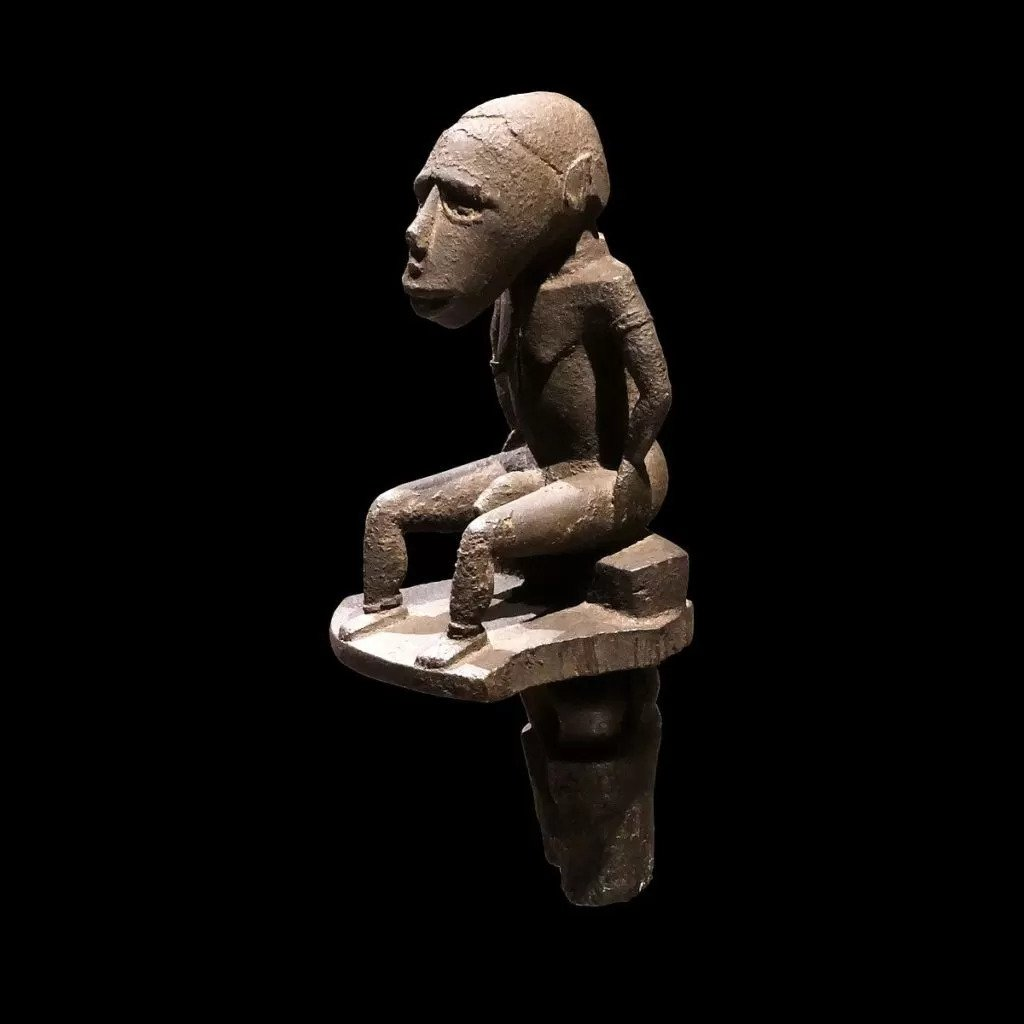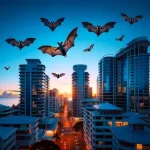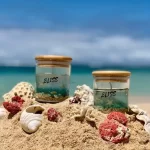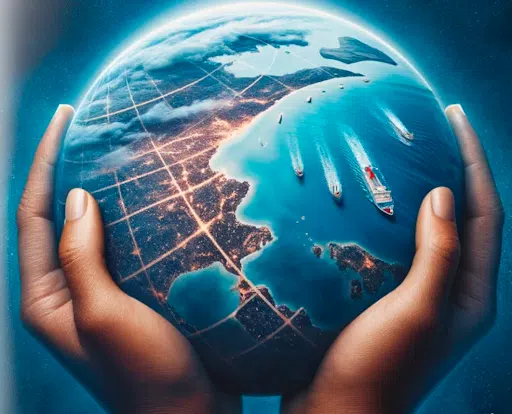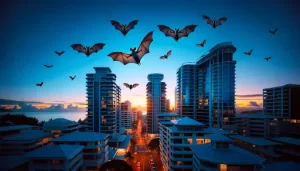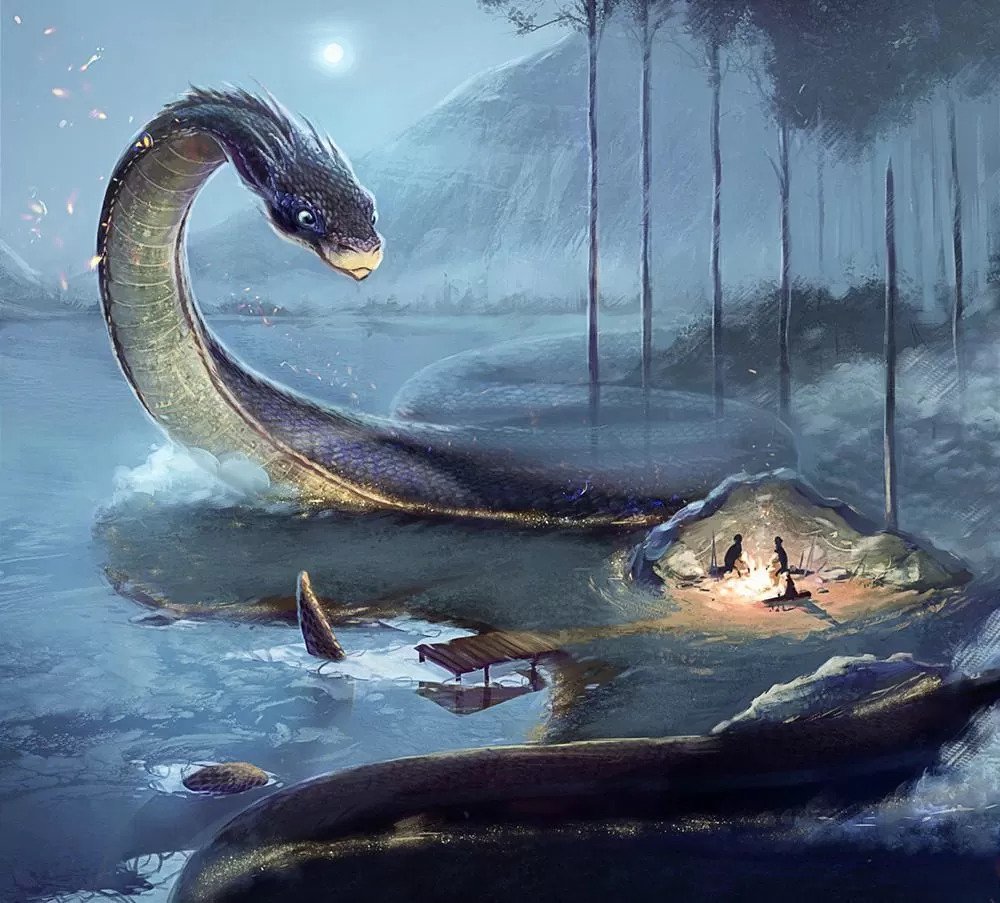
Introduction
In the mythology of Fiji Island, the Serpent God Degei is regarded as the first and only living god that created humans. He is also the supreme God and is believed to be responsible for the creation of the islands itself. When people die, he decides where they should go to the afterlife. The legend states that during the beginning of time, there was only one island, and it was an island that was floating somewhere near the edge of the world. The only living creature that was on the island was a hawk named Turukawa.
According to the legend, Degei first established a settlement in Lautoka, which is the location where he named the village of Viseisei. Since Fiji doesn’t have any snakes, the concept of the snake God Degei is quite strange. However, his story is similar to that of Hindu mythology and the Kaliya snake. While Degei is regarded as a good God, Kaliya is regarded as a bad one.
Despite the strange nature of the story, the Serpent God is regarded as a good God in Fijian mythology. Although it is true that other snake gods are associated with evil the world over, the role of the Serpent God in the mythology of Fiji was never changed.
Physical Traits
Degei is depicted as a long snake with a ringed tail in his serpent form while also described as a tall dark man with dreadlocked hair before taking on the snake form.
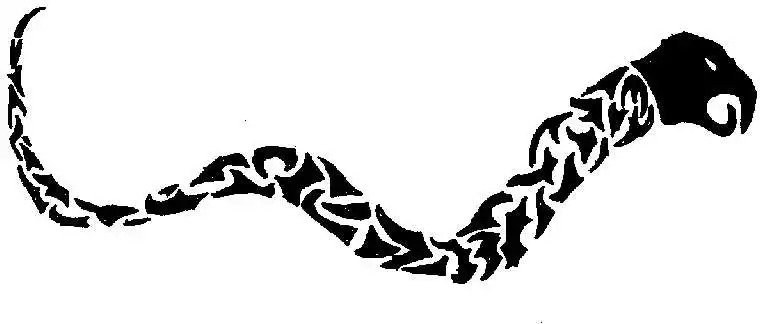
Family
When Degei first started living alone with Turukawa, his companion, he had no idea that the hawk would ever leave him. One day, Turukawa went missing. Upon looking for her, Degei was disappointed to learn that the bird had chosen not to mate with him after finding another mate. The following day, Degei returned to the same location and discovered that Turukawa’s nest had been filled with eggs.
After saving the eggs, Degei nurtured them at his home. After a couple of weeks, the eggs revealed two tiny human bodies. Over time, he taught his humans how to fend for themselves using the crops he provided them. One of these is kava, which is a type of plant.
After leading his people through the oceans, Degei took them to Vuda, which was the first settlement in Fiji. However, the God didn’t stay and instead went to the Nakavadra mountain range. The snake god was offered the first bowl of yaqona, which is regarded as a sign of thanks and respect.
Powers and Abilities
The Serpent God is responsible for the creation of the world, fruits, and humans. When someone dies, he decides where they should go in the afterlife. Some of his choices are sent to paradise Burotu, while others are thrown into a lake. Those who are sent to the bottom of the lake will eventually get punished or rewarded appropriately.
It is believed that Degei was initially able to move about freely and since then, he has become the God of storms, earthquakes, and seasons. Whenever rain falls, the fruits and yam fields will produce an abundance of nutrients.
Degei is a god of wrath who punishes his people by destroying their crops or by floods. He has been living in the depths of the earth for so long that he can no longer resist hunger and if he were to take over the world, he would consume it completely like the Falak.
Modern Day Influence
According to the legend, Degei is currently living in a cave near Uluda, which is the summit of the mountain. Since his descendants have become prosperous, he doesn’t pay much attention to them. He also doesn’t grow agitated as fast as he used to. When he grows powerful, the world experiences various types of disasters such as tsunamis and floods.
In the Hindu story of Krishna vs Kaliya the snake, after Kaliya begged for forgiveness, Krishna agreed to let him live on one condition. Kaliya was told that he should leave the river and go to an island somewhere in the middle of the ocean, which was called Ramanaka Dweep.
When Indians first came to Fiji, they believed that it was Ramanaka Dweep. When the Hare Krishna Movement or ISKON started building their first temple in Fiji, they named it the Krishna Kaliya Temple. This is located in Lautoka. The temple is dedicated to Sri Krishna and features a statue of him dancing on Kaliya.
source: mythlok

